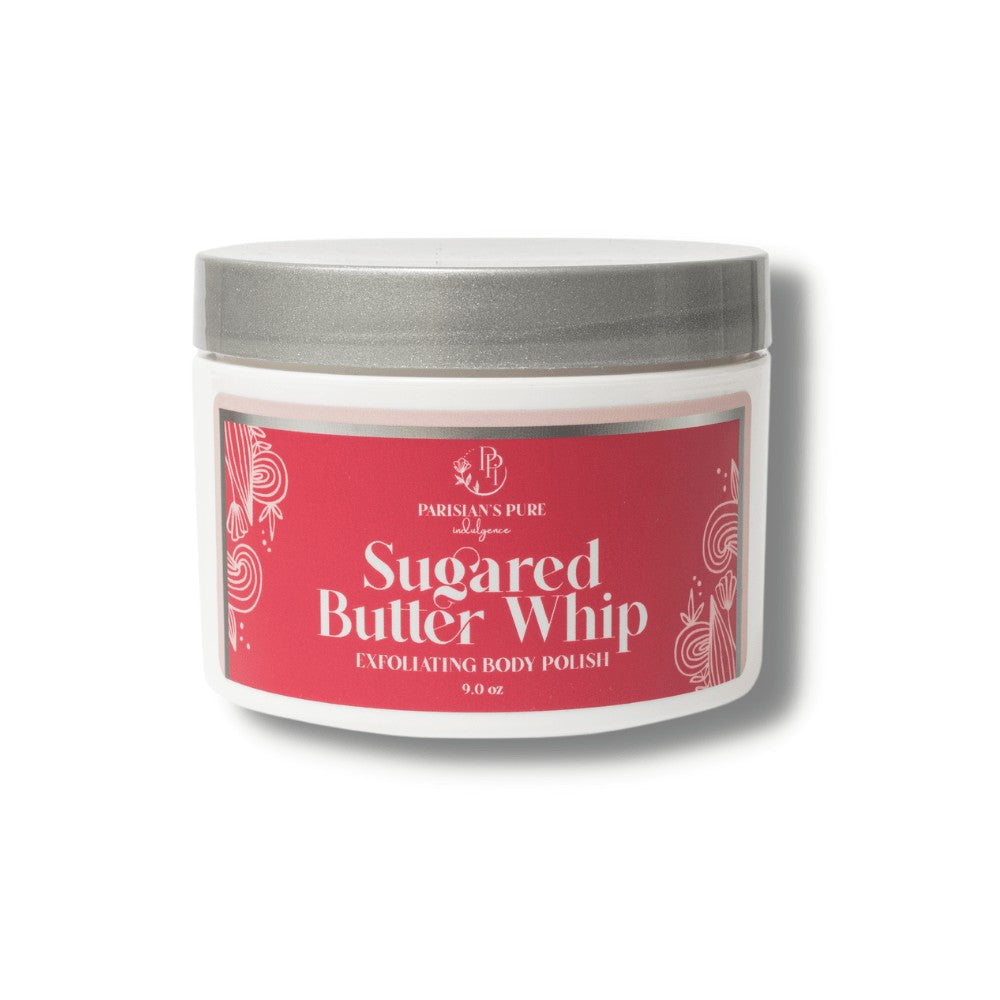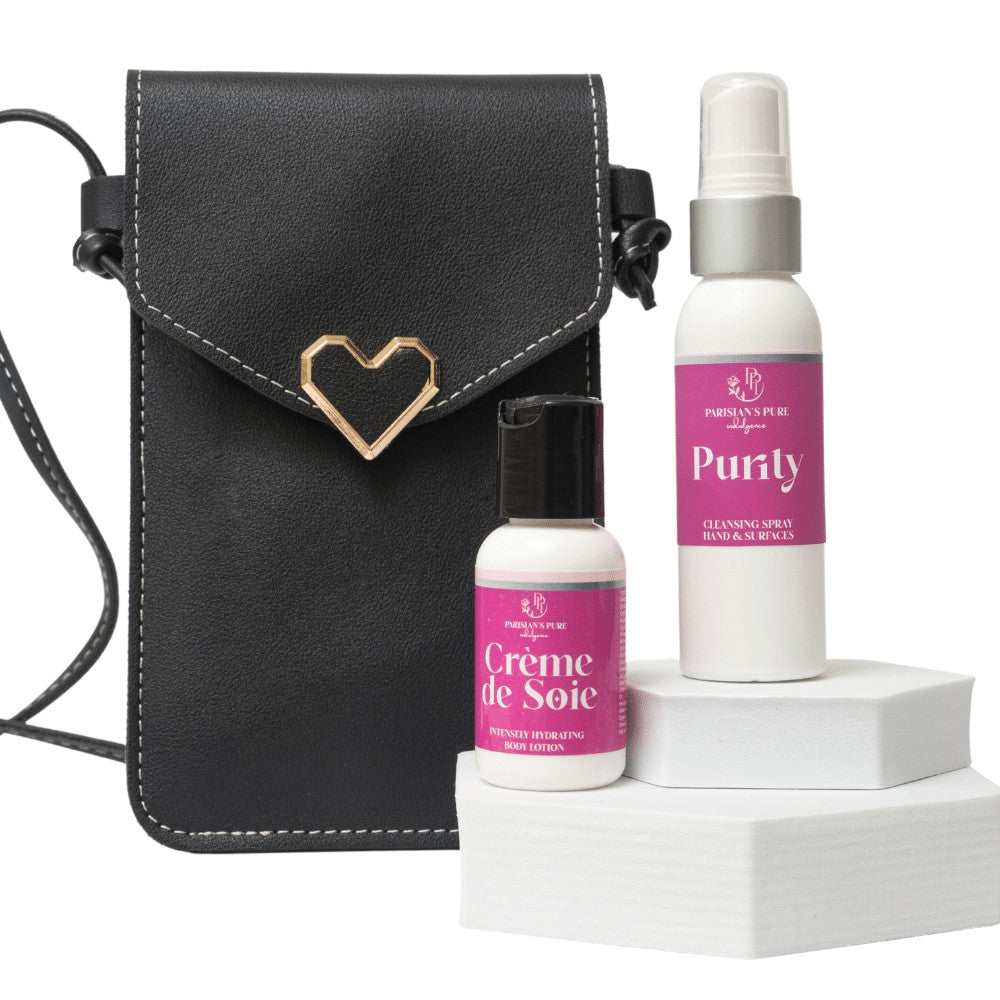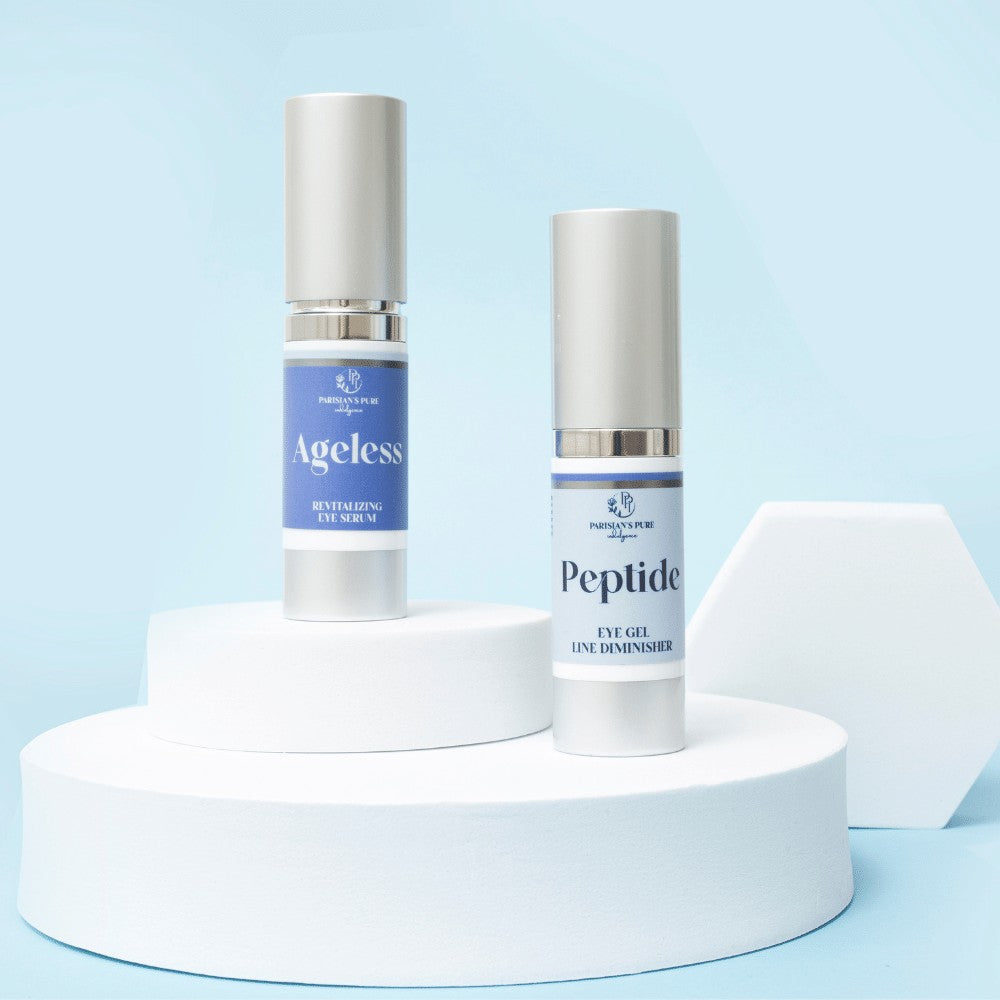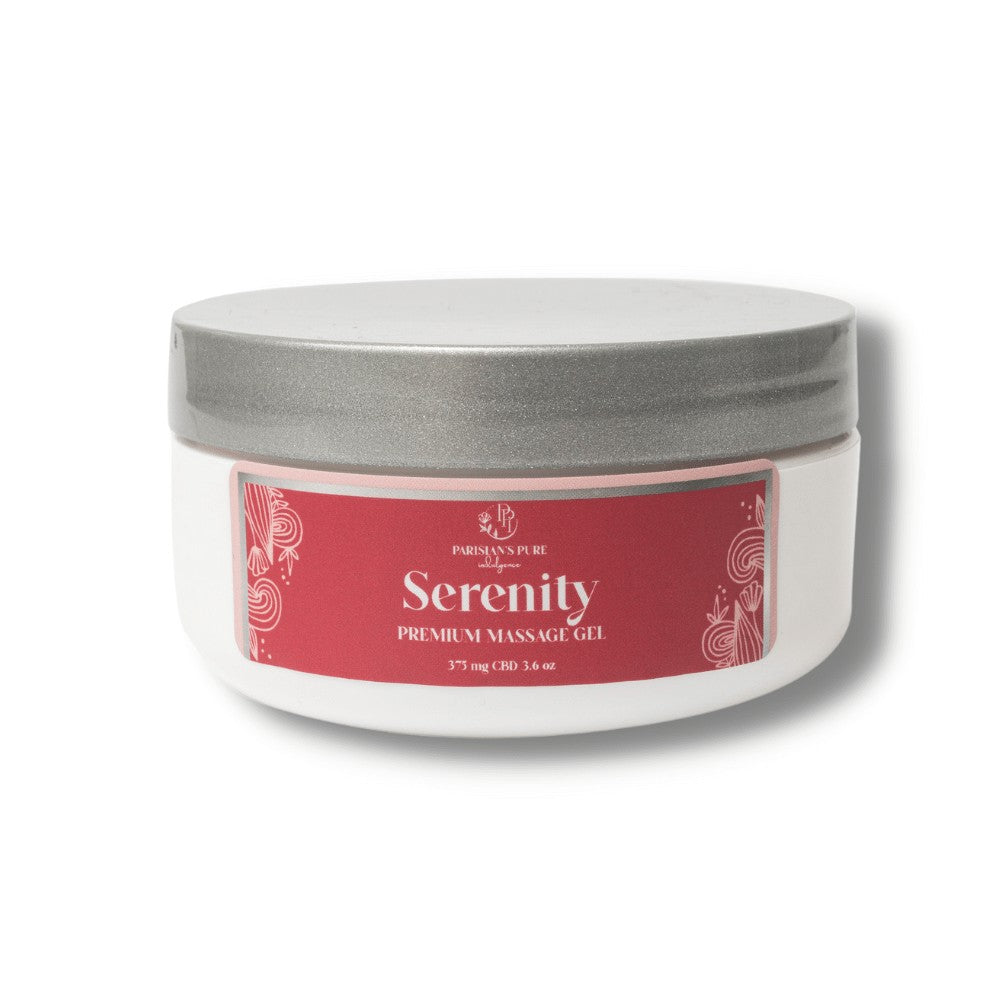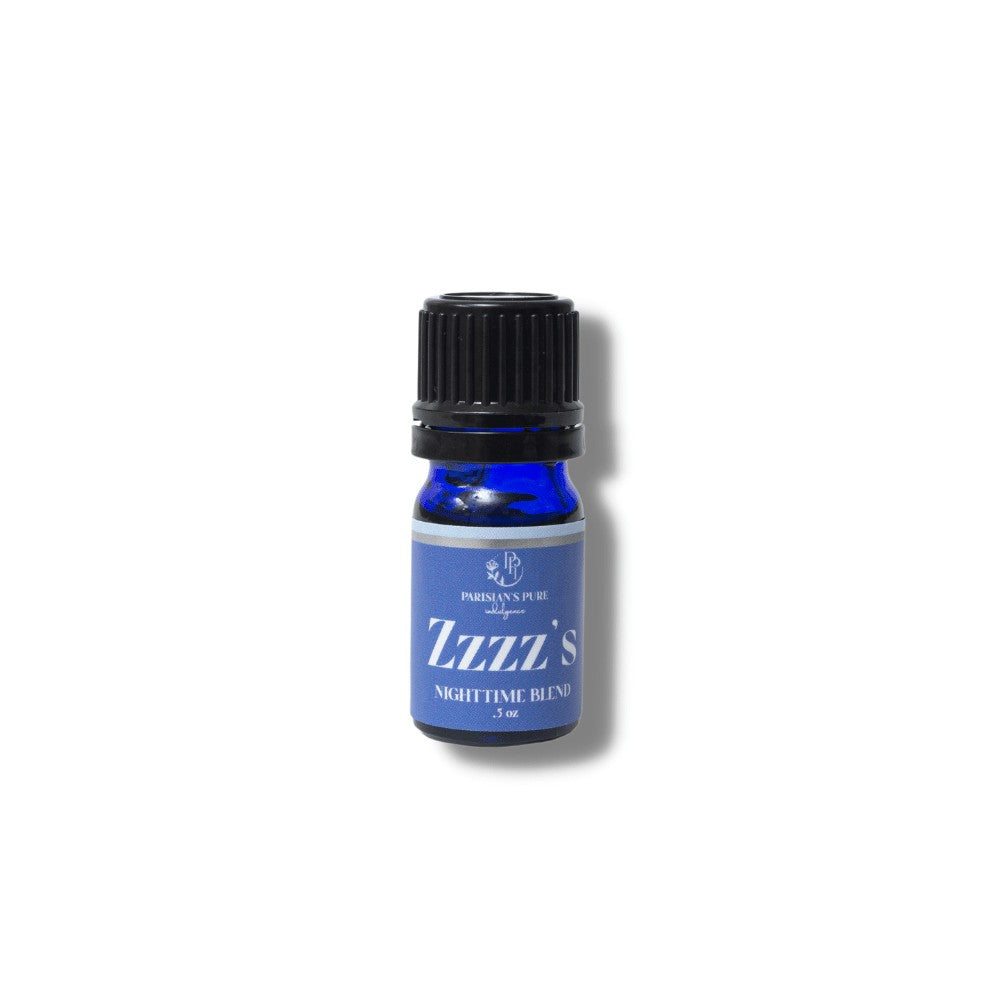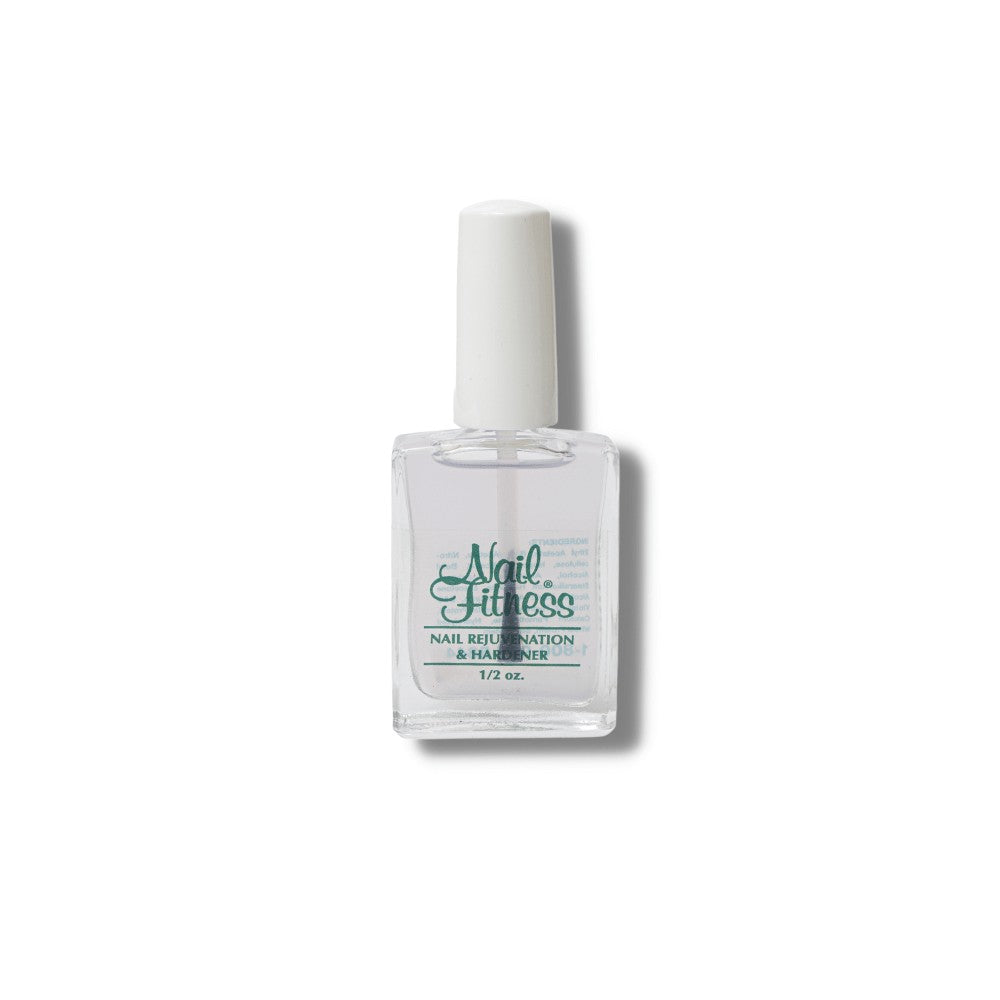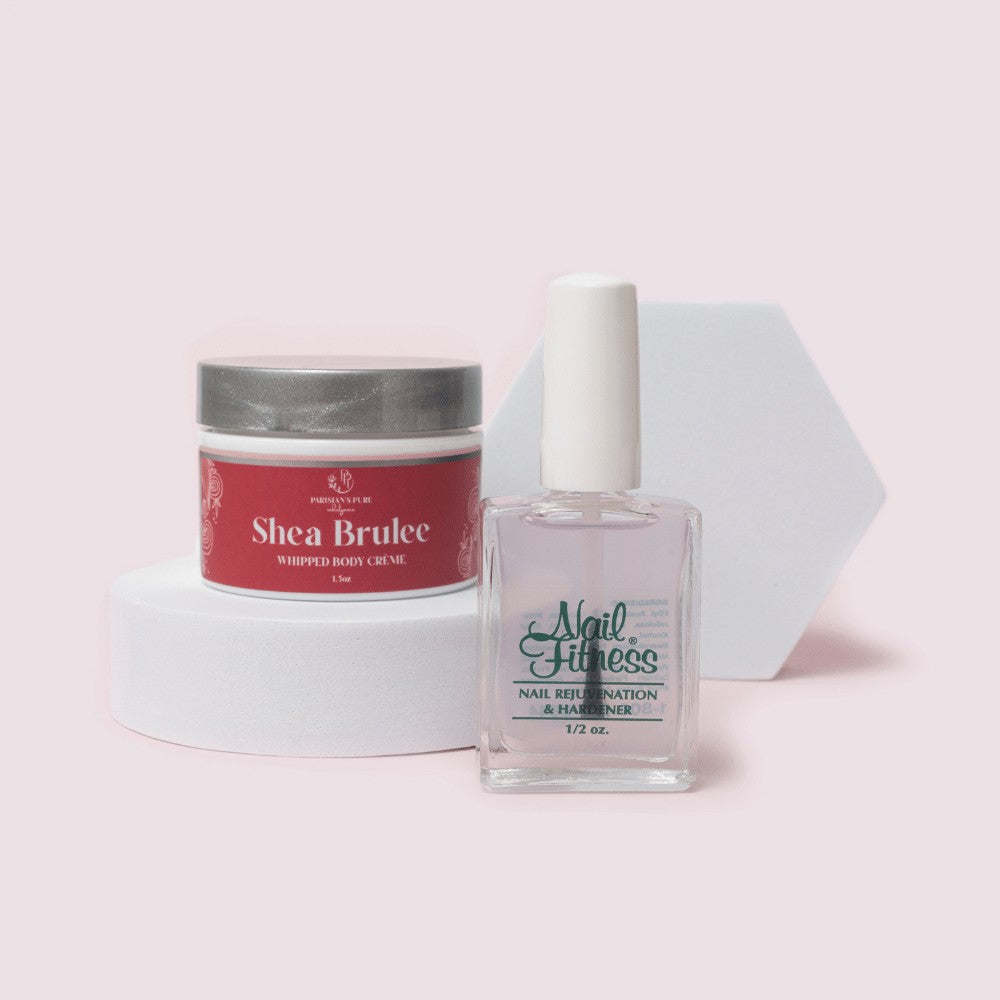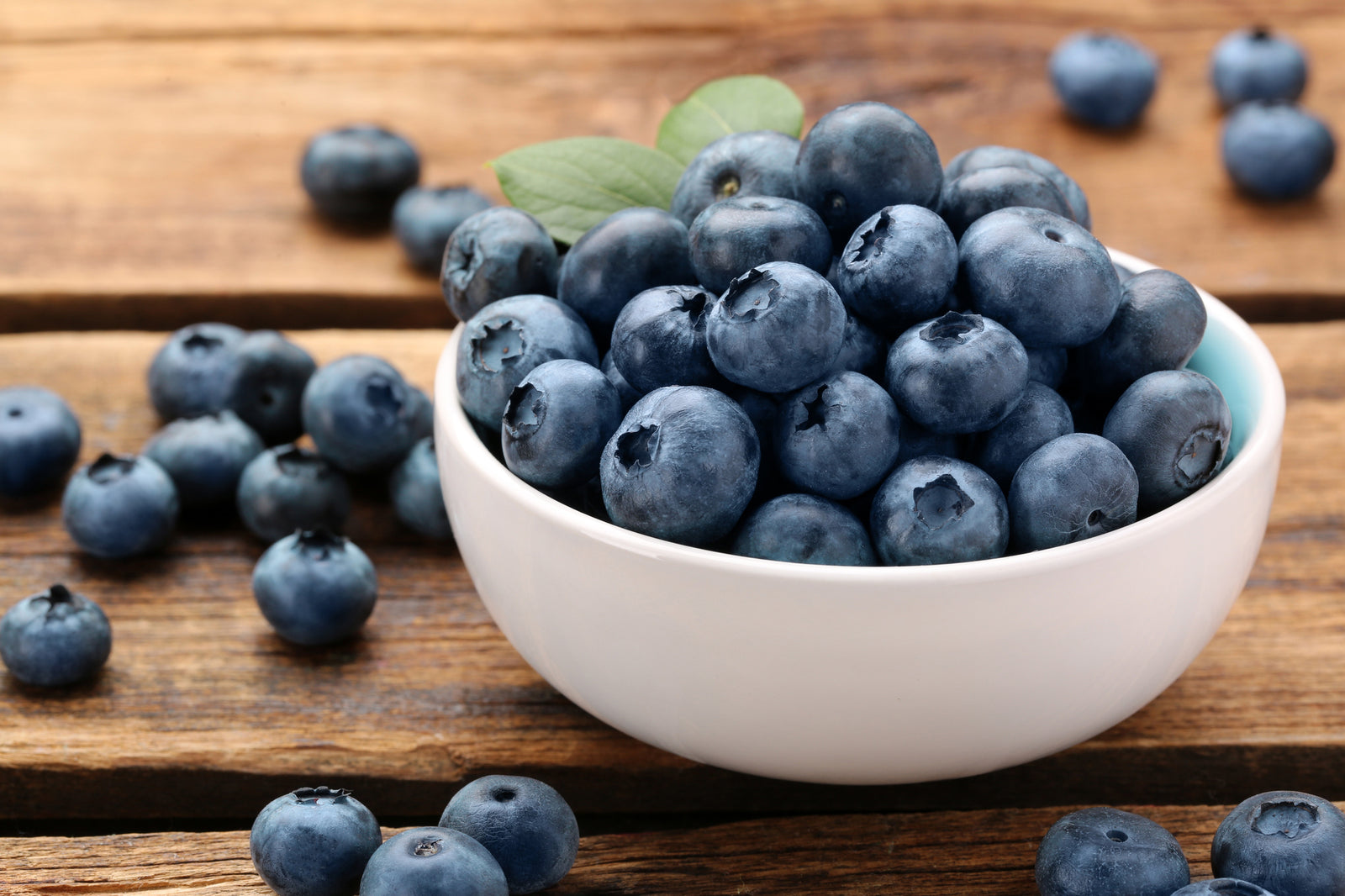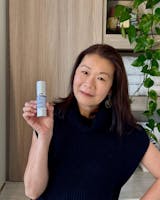Why Vitamin K is Essential for Healthy Skin
Are dark circles under your eyes a constant concern? Vitamin K might be the solution you're looking for. Kale, a nutrient-dense superfood, contains an impressive 684% of the recommended daily allowance (RDA) of Vitamin K per cup.
Boost Your Skin Health with a Nutrient-Packed Smoothie
Start your day right with a skin-nourishing smoothie. Here's a simple recipe:- 1/2 banana
- 4 large strawberries
- 1 tsp. Coconut Oil
- Protein powder
- Handful of spinach or kale
Top Skin-Boosting Foods to Add to Your Grocery List
 1. Blueberries: The Antioxidant Champion
1. Blueberries: The Antioxidant Champion
- Ranked #1 in antioxidant activity by the USDA
- Neutralizes free radicals that damage skin cells
- Promotes younger-looking, softer skin
2. Sweet Potatoes: The Vitamin A Superfood
- Provides 769% of the daily value of vitamin A per serving
- Vitamin A thickens and stimulates the dermis
- Reduces wrinkles and increases blood flow to the skin
- Slows down the breakdown of collagen and elastin
3. Red Peppers: The Vitamin C Skin Savior
- Contains 190 mg of vitamin C per cup (3 times more than an orange)
- Offers potent antioxidant protection
- Shields skin from damaging free radicals
- Combats premature aging caused by environmental factors
4. Kale: The Vitamin K Powerhouse
- Rich source of vitamin K
- Anti-inflammatory properties reduce bloating and facial puffiness
- Sulfur content minimizes redness and flakiness
- Vitamin K supports healthy circulation and may help prevent cancer
By incorporating these nutrient-rich foods into your diet, you can nourish your skin from within and achieve a healthier, more radiant complexion.

